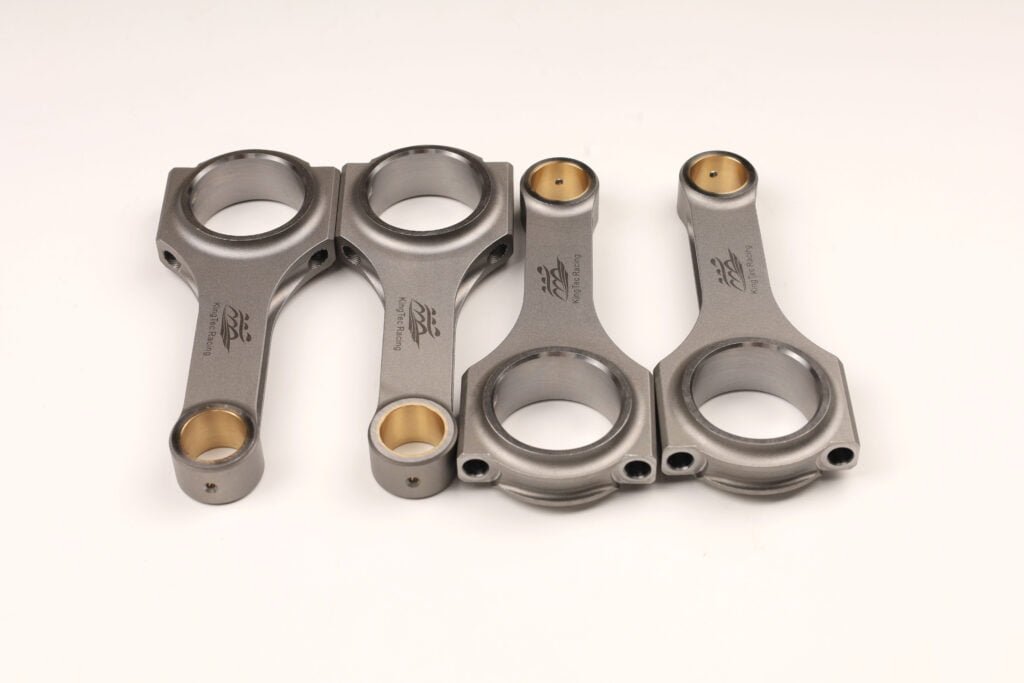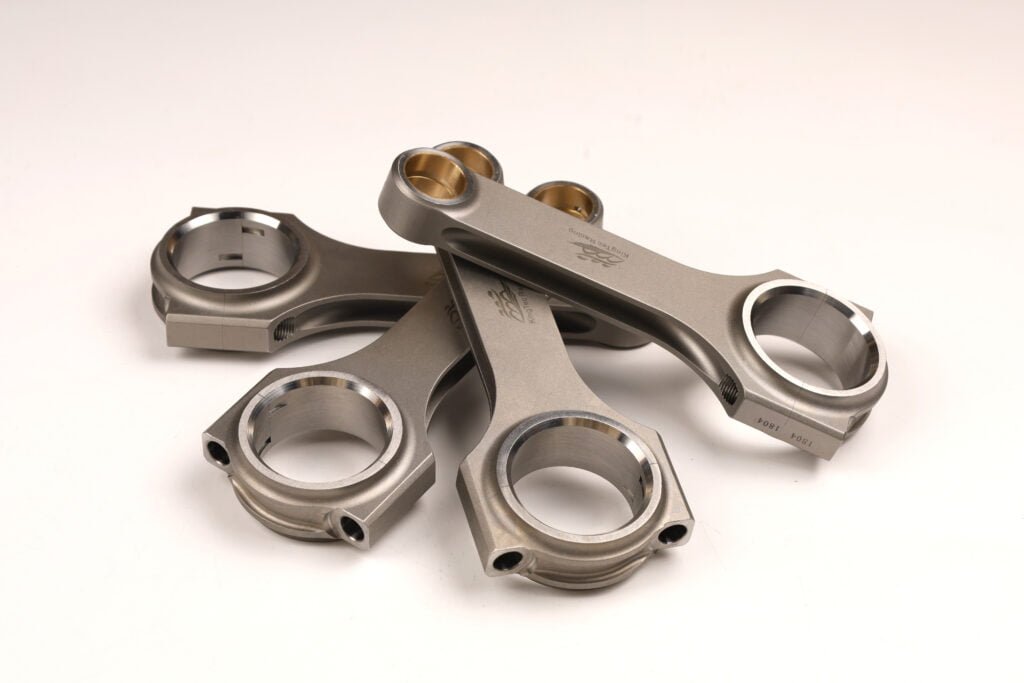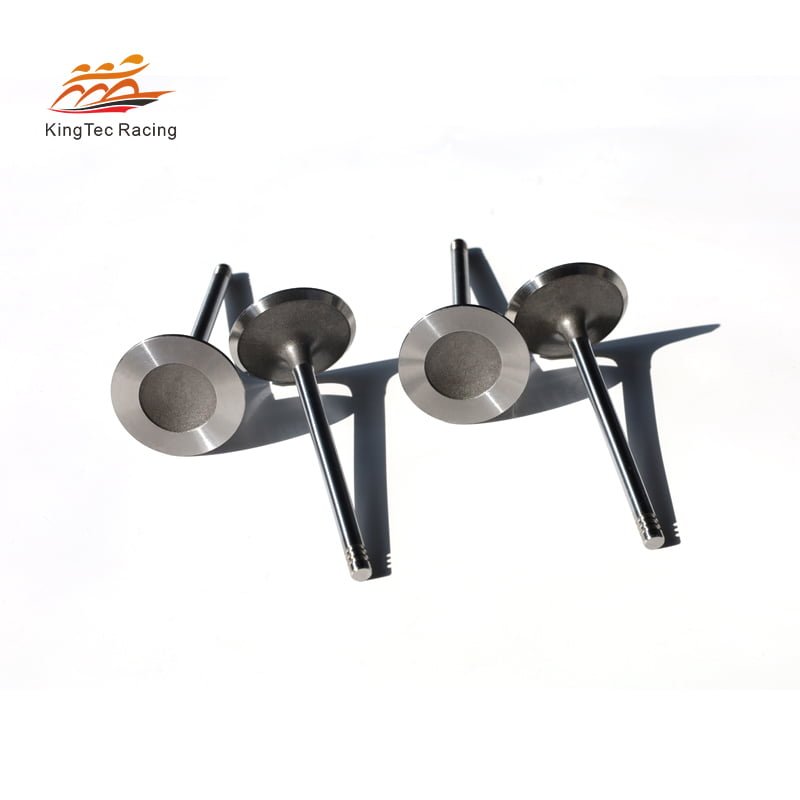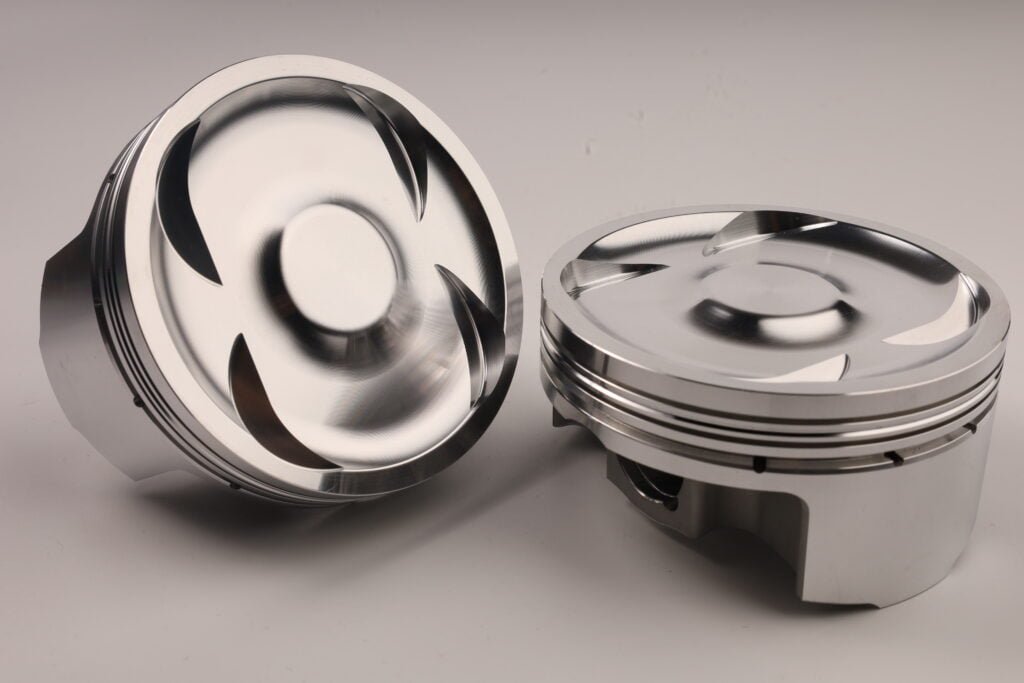Understanding the Significance of Longer vs. Shorter Connecting Rods
Connecting rods are vital components in an engine, playing a crucial role in converting reciprocating motion into rotational motion. One key aspect in engine design is the choice between longer and shorter connecting rods. In this article, we’ll delve into the reasons behind this choice and how it impacts engine performance.
1.Length and Stroke Relationship:
The length of a connecting rod directly affects the engine’s stroke. Longer rods reduce the stroke, resulting in less piston travel within the cylinder. Conversely, shorter rods increase the stroke, allowing for more piston movement.
2. Compression Ratio Influence:
Longer rods lead to a lower compression ratio, which affects the engine’s efficiency and power output. On the other hand, shorter rods can increase the compression ratio, potentially enhancing performance.
3. Piston Speed and Rod Length:
Shorter rods can reduce piston speed, which is beneficial for high-performance engines. This reduction minimizes stress on the piston and other components, extending their lifespan.
4. Weight Considerations:
Shorter rods are often lighter, contributing to reduced reciprocating mass. This reduction can lead to improved acceleration and overall engine responsiveness.
5. RPM Potential:
Longer rods may allow an engine to achieve higher RPM levels due to reduced side loading on the piston. This can be advantageous for applications requiring high-speed performance.
6. Combustion Efficiency:
Shorter rods can promote better combustion efficiency by optimizing the piston’s dwell time at the top of the stroke. This leads to more complete fuel combustion and enhanced power delivery.
7. Torque Characteristics:
Longer rods can result in a smoother torque curve, providing a more consistent and linear power delivery across a wider RPM range.
8. Application-Specific Considerations:
The choice between longer and shorter rods depends on the intended application. For example, racing engines may benefit from shorter rods for increased power, while longer rods could be favored in applications prioritizing longevity and reliability.
In summary, the decision between longer and shorter connecting rods is a critical aspect of engine design. Understanding the implications of rod length on stroke, compression ratio, piston speed, and other factors is crucial for achieving the desired performance characteristics. By carefully considering these factors, engine designers can tailor their creations to meet specific application requirements.


What is the advantage of a shorter connecting rod?
Shorter connecting rods in engines have gained popularity due to their numerous advantages. In this article, we’ll explore the key benefits of using a shorter connecting rod in engine design.
1. Reduced Reciprocating Mass:
Shorter connecting rods are inherently lighter, which leads to a reduction in reciprocating mass. This decrease in weight enables the engine to achieve higher RPM levels, resulting in improved performance and responsiveness.
2. Lower Piston Speed:
Shorter connecting rods limit the piston’s travel within the cylinder. This restriction leads to a reduction in piston speed, which is particularly beneficial in high-performance applications. Lower piston speeds reduce stress on engine components, extending their longevity.
3. Enhanced Combustion Efficiency:
A shorter connecting rod optimizes the piston’s dwell time at the top of the stroke. This allows for more complete fuel combustion, leading to improved efficiency and power delivery. The result is a more efficient use of fuel, contributing to better fuel economy.
4. Increased Compression Ratio:
Shorter connecting rods can lead to an increase in the engine’s compression ratio. This higher compression ratio promotes better power output and overall performance, making it an attractive choice for performance-oriented applications.
5. Improved Torque Characteristics:
Engines equipped with shorter connecting rods often exhibit a smoother torque curve. This means that torque delivery is more consistent and linear across a wider range of RPM, providing a more balanced and controlled driving experience.
6. Enhanced Throttle Response:
The reduction in reciprocating mass associated with shorter connecting rods leads to improved throttle response. The engine can quickly adjust to changes in throttle input, providing a more immediate and precise acceleration.
7. Application Versatility:
Shorter connecting rods find applications in a variety of scenarios. They are well-suited for high-performance engines, where responsiveness and power output are paramount. Additionally, they can be employed in engines where space constraints necessitate a shorter rod length.
In conclusion, opting for a shorter connecting rod in engine design offers a range of significant advantages. From reduced reciprocating mass and lower piston speed to improved combustion efficiency and increased compression ratio, the benefits are substantial. By understanding and leveraging these advantages, engine designers can create high-performance and efficient engines tailored to specific applications.
Are shorter rods more sensitive?
Shorter rods can be considered more sensitive in certain contexts. Due to their reduced length, they tend to have a more immediate response to changes in engine conditions, such as throttle input. This can result in quicker acceleration and a more agile overall performance.
However, it’s important to note that sensitivity can also depend on other factors, such as the overall design and tuning of the engine. Additionally, the sensitivity of shorter rods may come at the cost of potentially higher stress levels on engine components, which could affect longevity and durability. Therefore, while shorter rods may offer increased responsiveness, they should be carefully integrated into the overall engine design to ensure optimal performance and reliability.




